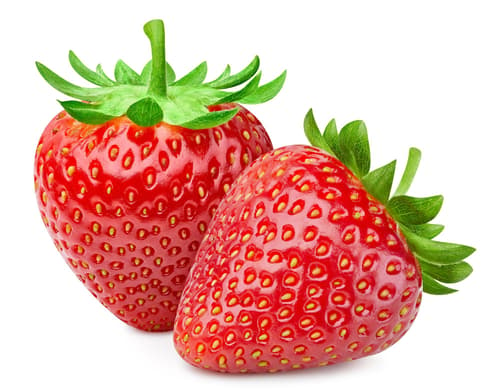
Halbmayrs Frische Erdbeeren
250 gDieses Produkt ist nicht mehr im Angebot.
Herkunftsland: nach dem aktuellen Angebot
wende dich an den Kundenservice, um genaue Informationen zu erhalten
wende dich an den Kundenservice, um genaue Informationen zu erhalten
